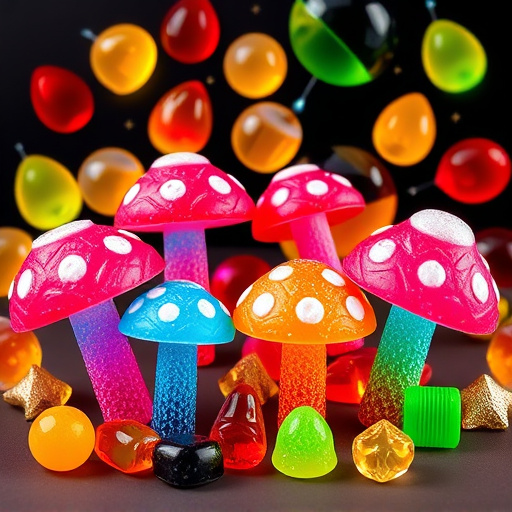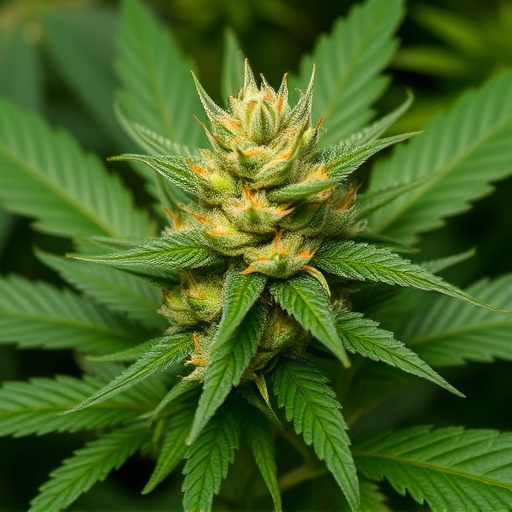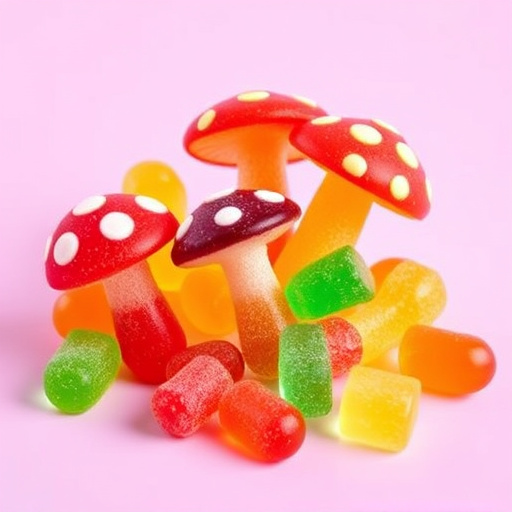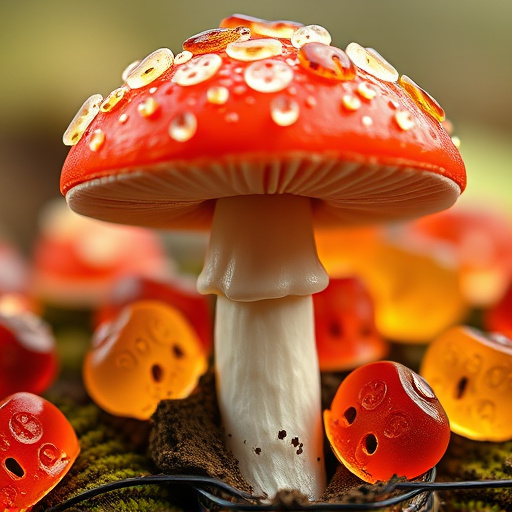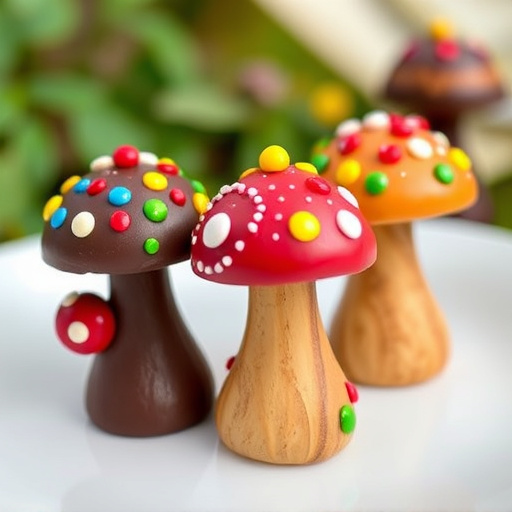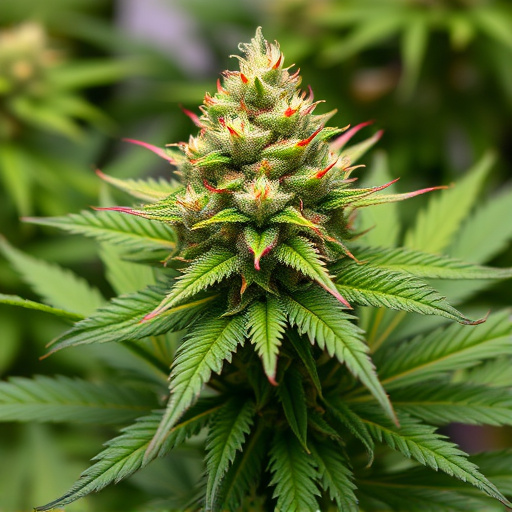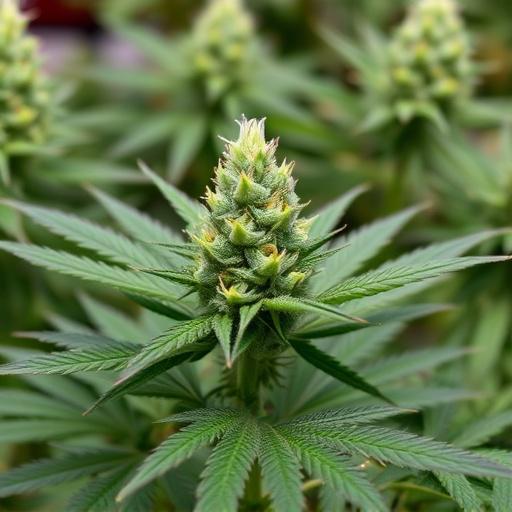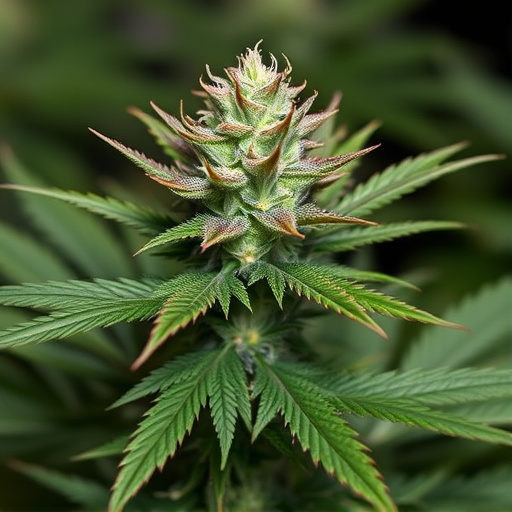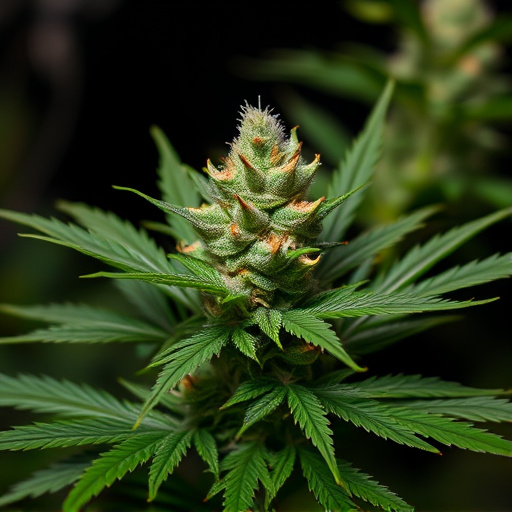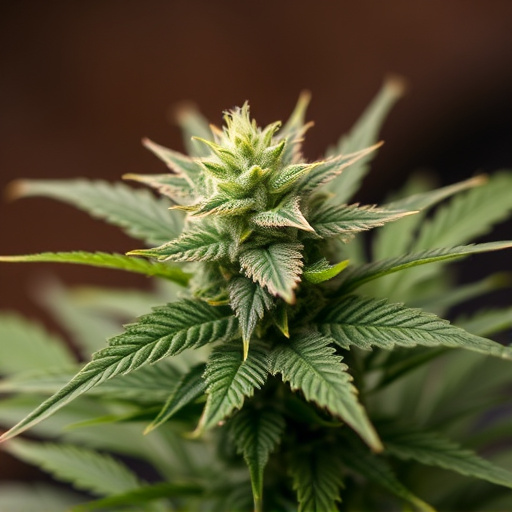The genetics of cannabis plants play a pivotal role in shaping their cannabinoid profiles, especially regarding THC and CBD production. High CBD strains result from specific mutations enhancing CBD synthesis while often reducing THC. Environmental factors, historical breeding practices, and stress levels contribute to the vast diversity of these strains. The vibrant colors of cannabis flowers, influenced by genetics and environmental cues like temperature and sunlight, also provide insights into potential effects. Terpenes, crucial for aroma, flavor, and visual appeal, interact with cannabinoids, contributing to sought-after calming effects in high CBD non-psychoactive strains and offering color-based clues to their chemical composition.
Uncover the captivating reasons behind the vibrant hues that define certain cannabis strains. In this exploration, we delve into the intricate dance between genetics and environmental conditions, which contribute to the unique purple, red, and blue pigments in high CBD cannabis strains. By understanding the science behind cannabinoid profiles, terpene influences, and environmental factors, you’ll gain a deeper appreciation for the diverse beauty found in the plant kingdom, particularly within these remarkable varieties.
- Understanding the Genetics Behind Cannabinoid Profiles
- Environmental Factors and Their Impact on Pigmentation
- The Role of Terpenes in Creating Unique Strain Aromas and Colors
Understanding the Genetics Behind Cannabinoid Profiles
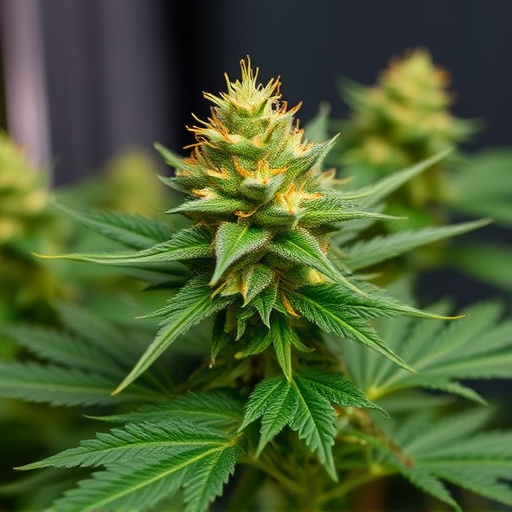
The genetic makeup of a cannabis plant plays a pivotal role in determining its cannabinoid profile, including the production of compounds like THC and CBD. High CBD cannabis strains, for instance, owe their distinctiveness to specific genetic mutations that enhance the synthesis of cannabidiol (CBD) while often reducing tetrahydrocannabinol (THC). This natural variation is what allows breeders to cultivate varieties with such diverse effects, from calming and anti-inflammatory (high CBD) to invigorating and psychoactive (higher THC).
These genetic differences can be traced back to various factors, including the plant’s environment and historical breeding practices. Over generations, selective breeding has honed the cannabinoid profiles of cannabis strains, leading to remarkable diversity. Understanding these genetics is crucial for both breeders aiming to create novel high CBD strains and consumers seeking specific effects based on their needs and preferences.
Environmental Factors and Their Impact on Pigmentation
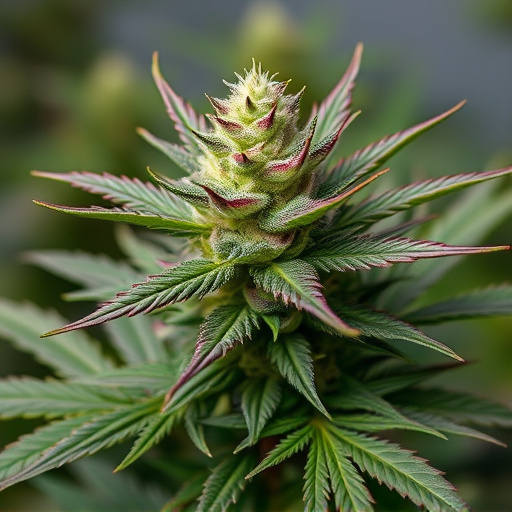
The pigmentation of cannabis plants, resulting in purple, red, or blue hues, is influenced by a combination of genetic predisposition and environmental cues. One of the primary factors contributing to this unique coloration is stress. Plants, including high CBD cannabis strains, respond to their surroundings, and certain conditions can trigger the production of anthocyanins—pigments responsible for shades of red, purple, and blue.
Environmental factors such as temperature fluctuations, sunlight exposure, and nutrient availability play a significant role. Cooler temperatures, especially during the flowering stage, often encourage the development of anthocyanins, leading to richer colors. Similarly, adequate sunlight exposure triggers the plant’s natural defense mechanisms, enhancing pigment production. In contrast, nutrient deficiencies or imbalances can also impact coloration, with specific nutrients like boron and iron affecting the synthesis of chlorophyll and anthocyanins, respectively.
The Role of Terpenes in Creating Unique Strain Aromas and Colors
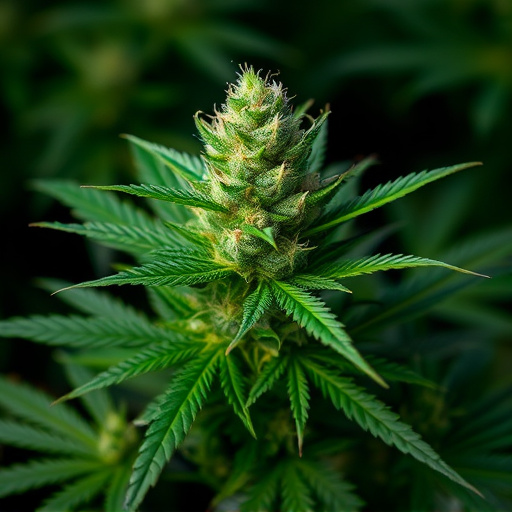
In the realm of high CBD cannabis strains, terpenes play a pivotal role in creating unique strain aromas and colors. These aromatic compounds, naturally present in cannabis plants, contribute significantly to the distinct flavor profiles and visual appeal that set different strains apart. Terpenes not only influence the taste but also interact with cannabinoids like CBD, enhancing or modifying their effects. For instance, certain terpenes can amplify the calming and relaxing properties of high CBD strains, making them popular choices for those seeking relief from anxiety and stress without the psychoactive effects of THC.
Beyond aroma and flavor, terpenes are responsible for many of the vibrant colors observed in cannabis flowers. Some terpenes, when combined with specific cannabinoids and pigments, can result in striking purple, red, or blue hues. These colors are not just aesthetically pleasing; they can also provide clues about a strain’s potential effects and chemical composition. For example, strains that exhibit a deep purple tint often contain higher levels of anthocyanins, known for their anti-inflammatory and antioxidant properties, while reddish tones may indicate the presence of other beneficial compounds that contribute to overall plant health and wellness benefits.
In exploring what causes purple, red, and blue weed, we’ve unraveled the intricate interplay between genetics, environment, and terpenes. Understanding these factors is crucial for both cultivators aiming to breed distinctive high CBD cannabis strains and consumers seeking specific effects and aromas. By recognizing how nature creates these unique colors and compounds, we can truly appreciate the complexity of the plant and its potential benefits.


